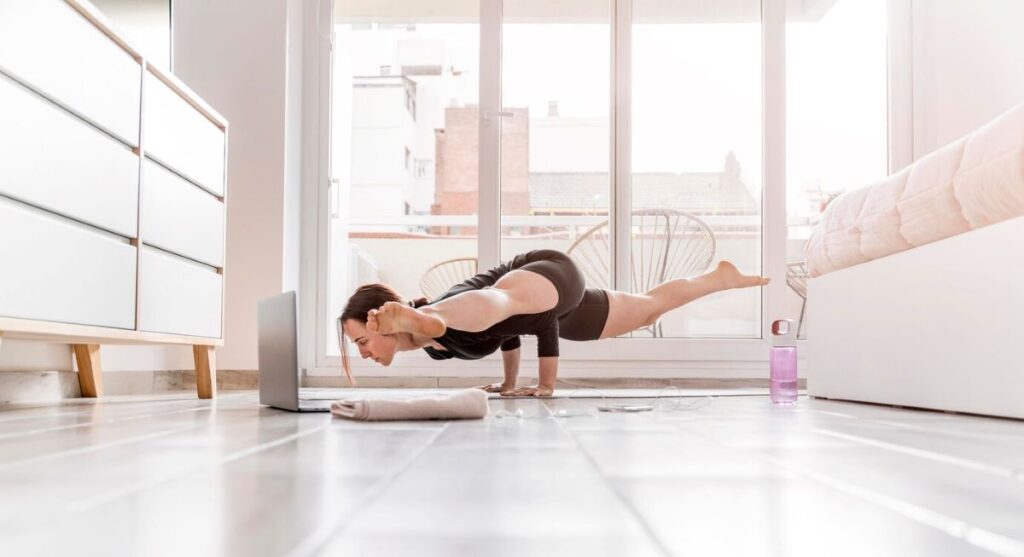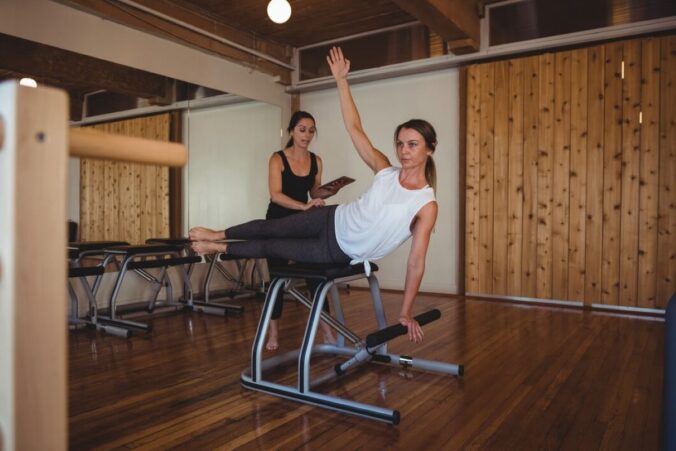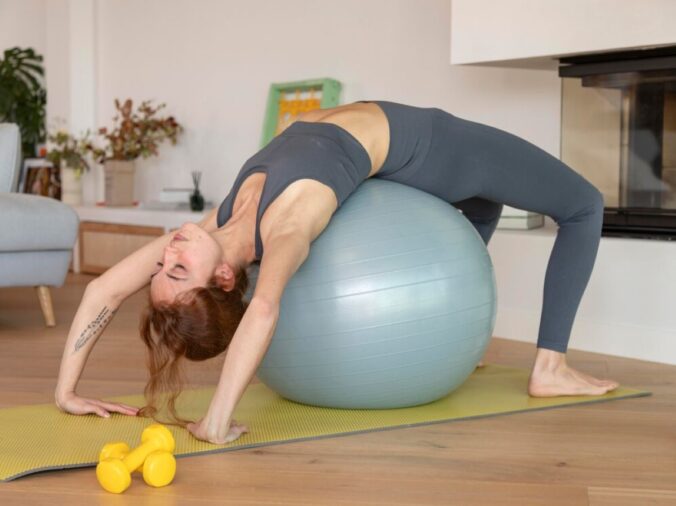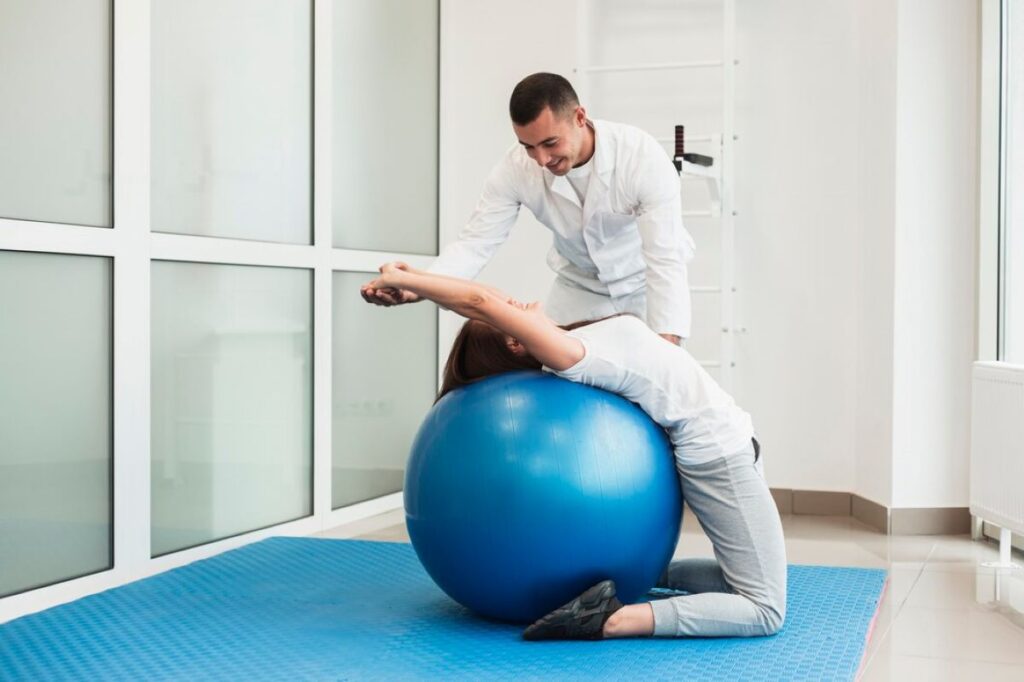Understanding Pilates Equipment
Pilates is a low-impact exercise method that emphasises core strength, flexibility, and overall body awareness. Central to this practice are various pieces of equipment designed to enhance the effectiveness of workouts. Among these, the Pilates Reformer and the Traditional Pilates Box stand out as popular choices. Each serves a unique purpose and offers distinct benefits, making it essential for practitioners to understand their differences.
The Pilates Reformer
The Pilates Reformer box is a versatile piece of equipment featuring a sliding carriage, springs for resistance, and adjustable straps. This machine allows users to perform a wide range of exercises targeting different muscle groups. The Reformer is particularly beneficial for those recovering from injuries, as it provides support and allows for controlled movements.
One of the key advantages of the Reformer is its ability to offer varying levels of resistance. By adjusting the springs, practitioners can tailor their workouts to their specific needs, making it suitable for both beginners and advanced users. Additionally, the Reformer encourages proper alignment and posture, which is crucial for effective Pilates practice. The dynamic nature of the Reformer also allows for the incorporation of rhythm and flow into workouts, which can enhance the overall experience and engagement of the practitioner.
The Traditional Pilates Box
The Traditional Pilates Box, often referred to simply as the “box,” is a rectangular piece of equipment that can be used in conjunction with a mat or Reformer. It is typically made of wood or a sturdy material and is designed to elevate the body during exercises. The box can be used for a variety of movements, including jumps, leg lifts, and stretches.
Unlike the Reformer, the Traditional Pilates Box does not have adjustable resistance. Instead, it relies on body weight and gravity to provide a challenge. This simplicity allows for a more straightforward approach to Pilates, making it an excellent choice for those who prefer mat-based exercises or want to focus on body control and balance. Furthermore, the box can be a valuable tool for enhancing proprioception, as it encourages users to develop a keen awareness of their body’s position in space. This heightened sense of awareness can lead to improved coordination and stability, which are essential components of a well-rounded fitness regimen.
Key Differences Between the Two
While both the Pilates Reformer and the Traditional Pilates Box are effective tools for enhancing Pilates practice, they differ significantly in design, functionality, and the type of workouts they facilitate. Understanding these differences can help practitioners choose the right equipment for their goals.
Design and Structure
The most apparent difference between the two pieces of equipment lies in their design. The Reformer is a complex machine with a moving carriage, adjustable springs, and various attachments. This design allows for a wide range of exercises that can be modified to suit individual needs.
In contrast, the Traditional Pilates Box is a simple, solid structure that serves as a platform for various exercises. Its straightforward design makes it easy to use but limits the variety of movements compared to the Reformer. The box is typically used for exercises that require elevation or support, such as leg lifts or seated stretches.
Functionality and Versatility
When it comes to functionality, the Reformer offers unparalleled versatility. With the ability to adjust resistance and modify exercises, it caters to a broad spectrum of fitness levels and goals. Whether one is looking to build strength, improve flexibility, or rehabilitate an injury, the Reformer can accommodate those needs.
On the other hand, the Traditional Pilates Box is more limited in its functionality. While it can still be used for a variety of exercises, the lack of adjustable resistance means that it may not provide the same level of challenge for more advanced practitioners. However, this simplicity can also be an advantage, allowing users to focus on mastering their form and technique.

Targeted Muscle Groups
The Reformer is particularly effective for targeting specific muscle groups due to its adjustable resistance and dynamic movements. Exercises can be tailored to focus on the core, arms, legs, or back, allowing for a comprehensive workout that addresses multiple areas of the body.
In contrast, the Traditional Pilates Box tends to engage muscle groups in a more general manner. While it can still provide a full-body workout, the emphasis is often on stability and control rather than targeted strength training. This makes the box an excellent tool for improving overall body awareness and coordination.
Benefits of Each Equipment Type
Both the Pilates Reformer and the Traditional Pilates Box offer unique benefits that can enhance a practitioner’s experience. Understanding these advantages can help individuals make informed choices about their Pilates practice.
Benefits of the Pilates Reformer
The Reformer is renowned for its ability to provide a low-impact workout that is easy on the joints while still delivering significant strength and flexibility gains. The adjustable resistance allows users to gradually increase their challenge as they progress, making it suitable for all fitness levels.
Moreover, the Reformer encourages proper alignment and posture, which is essential for preventing injuries and maximising the benefits of each exercise. Its versatility also means that users can explore a wide range of movements, keeping their workouts fresh and engaging.
Benefits of the Traditional Pilates Box
The Traditional Pilates Box offers a more straightforward approach to Pilates, making it accessible for beginners and those who prefer a minimalistic workout. Its simplicity allows users to focus on their body mechanics and control, which is crucial for developing a strong foundation in Pilates.
Additionally, the box can be easily incorporated into mat-based workouts, providing an extra challenge without the need for complex equipment. This versatility makes it a valuable addition to any Pilates routine, especially for those who enjoy a more traditional approach to their practice. Visit https://www.cbhs.com.au/mind-and-body/blog/the-health-benefits-of-pilates to get about health benefits of pilates.
Choosing the Right Equipment for Your Practice
Deciding between the Pilates Reformer and the Traditional Pilates Box ultimately depends on individual goals, preferences, and fitness levels. Both pieces of equipment have their merits, and understanding these can guide practitioners in selecting the best option for their needs.
Consider Your Fitness Goals
Individuals looking to build strength, improve flexibility, or rehabilitate an injury may find the Reformer to be the more suitable choice. Its adjustable resistance and dynamic movements provide a comprehensive workout that can be tailored to specific goals.
Conversely, those seeking to enhance their body awareness and control may benefit more from the Traditional Pilates Box. Its straightforward design encourages a focus on technique and stability, making it an excellent tool for beginners or those looking to refine their skills.
Assess Your Experience Level
For beginners, the Traditional Pilates Box can be an excellent starting point. Its simplicity allows newcomers to familiarise themselves with Pilates principles without the added complexity of a Reformer. As they progress, they may choose to incorporate the Reformer for a more varied and challenging workout.
Experienced practitioners, however, may find that the Reformer offers the level of challenge and versatility they desire. With its ability to target specific muscle groups and adjust resistance, the Reformer can help advanced users continue to progress and achieve their fitness goals.

Personal Preference and Accessibility
Ultimately, personal preference plays a significant role in the choice between the two pieces of equipment. Some individuals may prefer the dynamic nature of the Reformer, while others may appreciate the straightforward approach of the Traditional Pilates Box.
Accessibility is also a factor to consider. While Reformers are commonly found in Pilates studios, the Traditional Pilates Box can be more easily integrated into home workouts or smaller spaces. This flexibility may influence the decision for those looking to practise Pilates outside of a studio environment.
Conclusion
In summary, both the Pilates Reformer and the Traditional Pilates Box offer unique benefits and serve different purposes within the Pilates practice. Understanding the differences between these two pieces of equipment can help practitioners make informed choices that align with their fitness goals and preferences.
Whether opting for the versatility of the Reformer or the simplicity of the Traditional Pilates Box, both can contribute to a fulfilling and effective Pilates experience. As with any exercise program, it is essential to consult with a qualified instructor to ensure proper technique and maximise the benefits of each workout.
More to Read : Why the Pilates Squishy Ball Belongs in Every Home Gym



